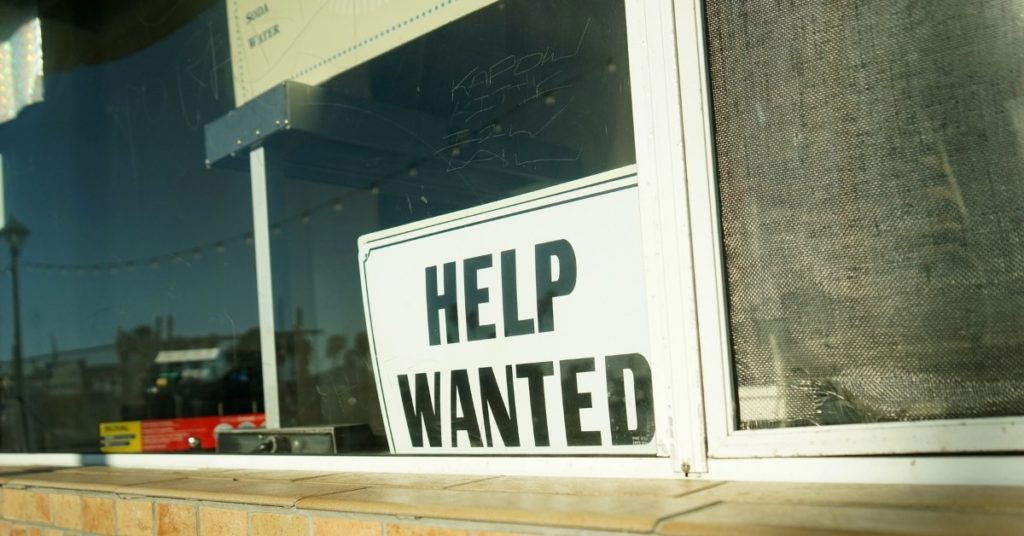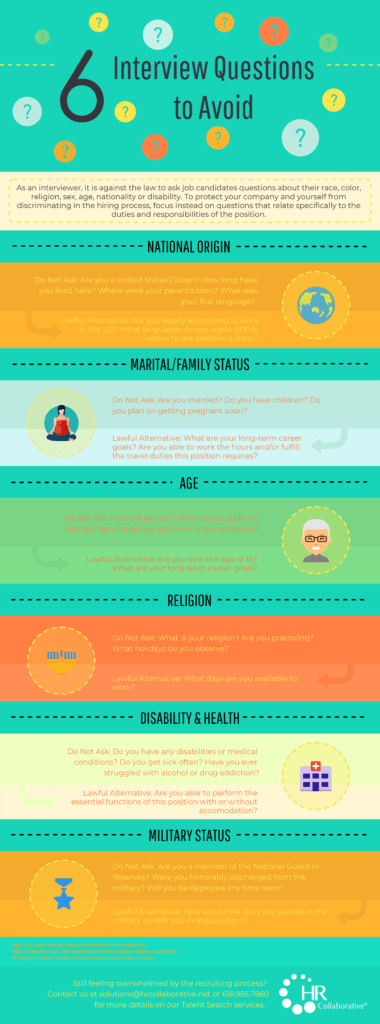HR Training Tips: 4 Danger Signs to Address in Employees

When you have a great team of employees, work is easier and more fun. Everything gets done a little faster, and the work environment feels fresh and exciting. Of course, this is the holy grail of a team – they work well together, complete tasks with excellence, and they’re engaged in their work. In reality, this situation is hard to achieve. Underperforming employees are common, and can be frustrating to deal with. However, by working with your employees on problems, you can help them and your company become happier and more productive. In this blog, we’ll take a look at certain behavior patterns that you’ll want to be cautious of that may indicate an underperforming employee:
The Absentee
The Absentee is… well, you don’t know where she is, exactly. Certainly not at work when she should be. She sometimes calls, and always with a perfectly reasoned excuse, but the frequency is becoming unacceptable. Sometimes she doesn’t call, though, and shows up the next day with a wave of her hand and a “something came up.” Skipping work cuts into company time and forces other employees to pick up the slack, which is terrible for morale and could cause them to lose respect in your management. Meet with the Absentee and go over attendance and time off – and make sure she knows she’s cut into hers considerably.
The Old Dog
The Old Dog could learn new tricks, he just doesn’t want to. Company changes such as upgraded technology, new filing systems, or new suppliers scare him, and he keeps doing things the old way because they “worked fine.” He may recognize that he has room for improvement in some areas, but doesn’t want to put in the work to actually improve. His work passes the adequate mark, and learning and growth would require more time and effort. This “why change” mentality is dangerous, as it prevents growth and innovation. Talk to the Old Dog about the importance of change, and the value of improvement within his position.
The Thespian
The Thespian loves drama, and not necessarily the acting kind. He’ll argue with you, other management, and co-workers, whether he thinks he’s right or if he just likes arguing. He talks about the new hire in Accounting in the break room, and he accuses others of slacking off or kissing up. The Thespian is bad for company culture, seeding distrust, unhappiness, and frustration among everyone in the company. Go over acceptable conduct in the workplace, with real consequences if he continues his behavior.
The Apathetic
The Apathetic started off great. She might have been one of your top performers. But something shifted, and now she drags her feet on the way to her desk. She turns in lackluster assignments a day or two past the deadline, and is hard to get ahold of for meetings and check-ins. The Apathetic is hard to deal with, because you don’t know what happened. Work with her on any barriers to her success in the workplace, including perhaps giving her time to deal with issues in her personal life or addressing concerns about co-workers and management.
If you recognize one or more of these dangerous behaviors in your own company, it’s better to act sooner than later. It’s much better to work with them now, before the problem gets too dire. Many people can be convinced to change their behavior if they see how damaging it really is. Be sure to include human resources in all conversations – they can help guide all parties to a resolution that’s best for everyone.
Our Most Recent Articles

Employers to Benefit from New Kinexus Group Acquisition of HR Collaborative
The team at Kinexus Group announced today that they have officially acquired HR Collaborative, a west Michigan-based, women-led community of fractional HR professionals, to meet unmet demand and to serve more employers than ever before.































































































